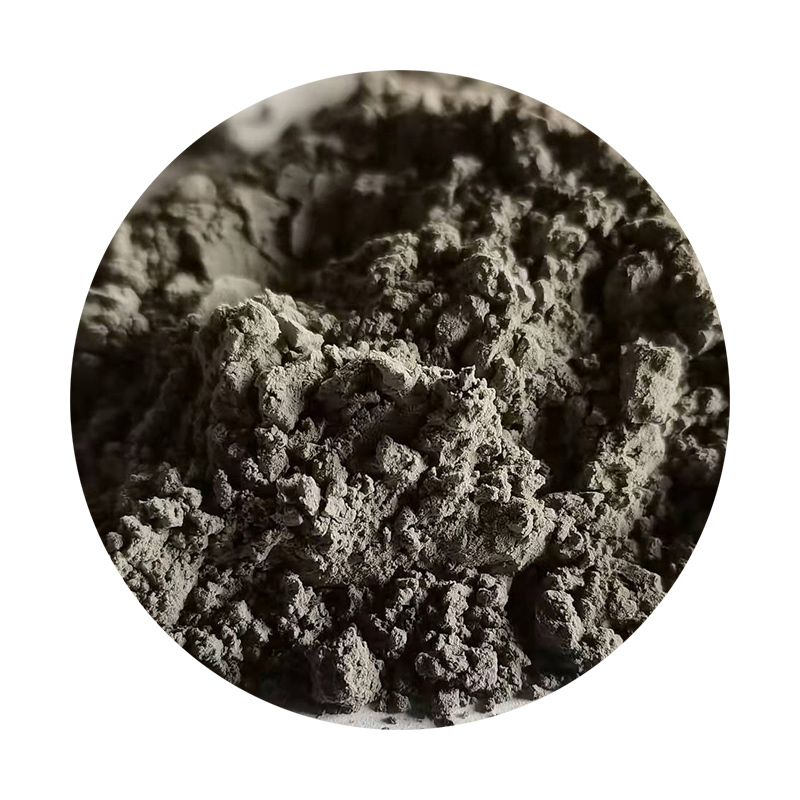Lost Foam Casting Materials An Overview
Lost foam casting is an innovative metal casting process that incorporates unique materials to achieve highly precise and intricate designs. This method stands apart from traditional casting techniques, offering significant advantages in terms of dimensional accuracy, surface finish, and reduced processing time. Understanding the materials involved in lost foam casting is crucial for achieving optimal results.
Lost Foam Casting Materials An Overview
The sand used in lost foam casting is specially formulated to accommodate the foam pattern. It is typically a mixture of fine silica sand and a bonding agent, often phenolic resin or sodium silicate. The choice of sand and binder is critical, as it must be able to withstand the heat of molten metal while providing sufficient strength to support the foam pattern during the pouring process. The sand mixture should also allow for effective compaction to ensure a precise mold shape.
lost foam casting materials

In addition to the foam and sand, coatings play a vital role in the lost foam casting process. A thin layer of refractory coating is often applied to the foam pattern before it is placed in the sand. This coating helps to protect the foam from thermal shock and aids in the transfer of heat, ensuring that the molten metal fills the mold cavity efficiently. The choice of coating material can vary, with options including water-based and solvent-based formulations, each with specific properties advantageous for different applications.
When it comes to the molten metal used in lost foam casting, a variety of alloys can be employed, depending on the desired characteristics of the final product. Common choices include aluminum, cast iron, and steel. Each metal has unique properties that can affect the casting's strength, weight, and resistance to wear and corrosion. The choice of alloy will depend largely on the intended use of the final component and the performance requirements it must meet.
Finally, the environmental consideration is an important aspect of lost foam casting materials. The use of EPS as a foam pattern has raised concerns regarding plastic waste. However, advancements in material science have led to the development of biodegradable alternatives that reduce the ecological footprint of the casting process. These innovations not only address environmental issues but also maintain the efficiency and quality associated with lost foam casting.
In conclusion, the materials involved in lost foam casting are critical to the success of the process. From the foam patterns and sand mixtures to coatings and molten metals, each component plays a significant role in achieving high-quality castings. As technology continues to evolve, we can expect further enhancements in the materials used, paving the way for even more efficient and sustainable casting solutions. The versatility and precision of lost foam casting make it an attractive option for industries demanding superior quality in metal components.
Post time:ಸೆಪ್ಟೆಂ . 23, 2024 20:07
Next:Understanding the Basics and Importance of Foundry Sand in Metal Casting
